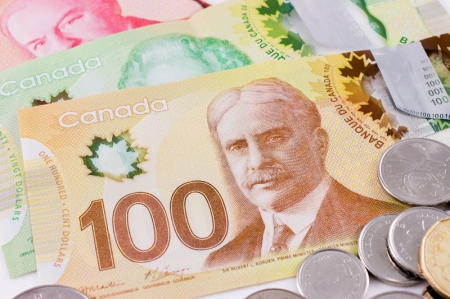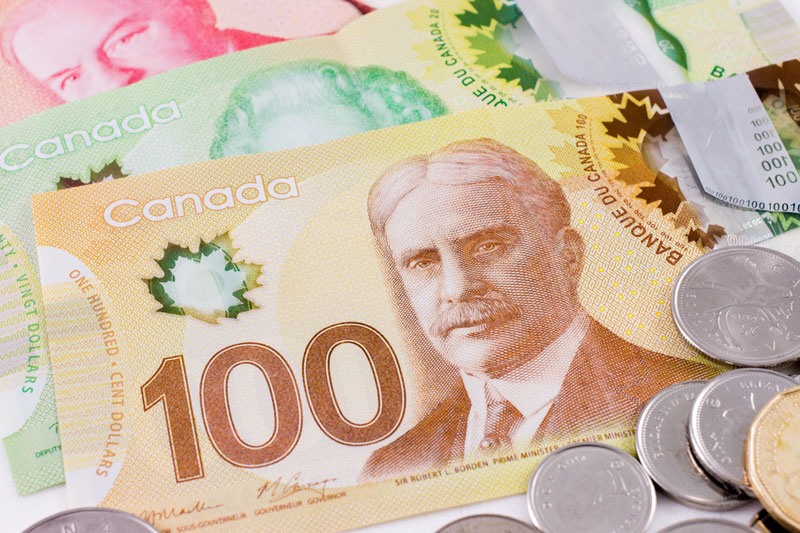Forex
USD/CAD under pressure as US Dollar corrects ahead of Fed policy, Canadian inflation rises


The pair is experiencing significant selling pressure this Tuesday as the US Dollar weakens ahead of the Federal Reserve’s interest rate decision. Meanwhile, Statistics Canada reports that the headline Consumer Price Index (CPI) expanded at a pace of 0.4%, higher than expectations of 0.2%. The annual headline inflation has also accelerated sharply to 4% against the estimates of 3.8% and the previous release of 3.3%.
The core CPI, which excludes volatile oil and food prices, expanded nominally by 0.1%, indicating subdued demand for non-durable goods and services. On an annualized basis, the core CPI rose to 3.3%. Despite the rise in inflation, the Bank of Canada (BoC) is not expected to adjust its interest rate policy as core inflation remains steady, a key consideration in monetary policy decisions.
The (DXY) continues its two-day losing streak as the Fed is anticipated to maintain interest rates in its September monetary policy on Wednesday. This would mark the second time the Fed has refrained from raising interest rates during its tightening phase that began in March 2022. According to the CME Group (NASDAQ:) Fedwatch Tool, traders overwhelmingly anticipate interest rates to remain steady at 5.25%-5.50% following the Federal Open Market Committee (FOMC) meeting on Wednesday. For the remainder of the year, there is roughly a 58% chance that the Fed will keep its monetary policy unchanged.
The Canadian dollar gained traction following the CPI report showing elevated inflation on both core and headline prints. A significant contributor to this increase has been the rally in prices. CPI increased across all provinces with shelter prices rising via the rent index.
Money markets are now pricing in an additional rate hike by the BoC, with the inflation data supplementing recent robust jobs data. Should the Fed announcement be construed in a dovish light tomorrow, USD/CAD could experience further decline. The BoC’s Kozicki’s response to the latest inflation report will be in focus later this evening.
In technical analysis, the daily USD/CAD price action shows a large drop post-CPI breaking below both the 50-day and 200-day moving averages respectively. The recent swing low at 1.3373 still holds, but a less aggressive stance from Fed Chair Jerome Powell could see the 1.3300 psychological handle under threat from CAD bulls.
Investors are closely monitoring the commentary about potential rate cuts as the US manufacturing sector faces turbulent times. US firms are operating at lower capacity and working on achieving operational efficiency by controlling costs through lower inventory due to a deteriorating demand environment.
This article was generated with the support of AI and reviewed by an editor. For more information see our T&C.

 Forex3 years ago
Forex3 years agoForex Today: the dollar is gaining strength amid gloomy sentiment at the start of the Fed’s week

 Forex3 years ago
Forex3 years agoUnbiased review of Pocket Option broker

 Forex3 years ago
Forex3 years agoDollar to pound sterling exchange rate today: Pound plummeted to its lowest since 1985

 Forex3 years ago
Forex3 years agoHow is the Australian dollar doing today?

 Cryptocurrency3 years ago
Cryptocurrency3 years agoWhat happened in the crypto market – current events today

 World3 years ago
World3 years agoWhy are modern video games an art form?

 Commodities3 years ago
Commodities3 years agoCopper continues to fall in price on expectations of lower demand in China

 Economy3 years ago
Economy3 years agoCrude oil tankers double in price due to EU anti-Russian sanctions





















